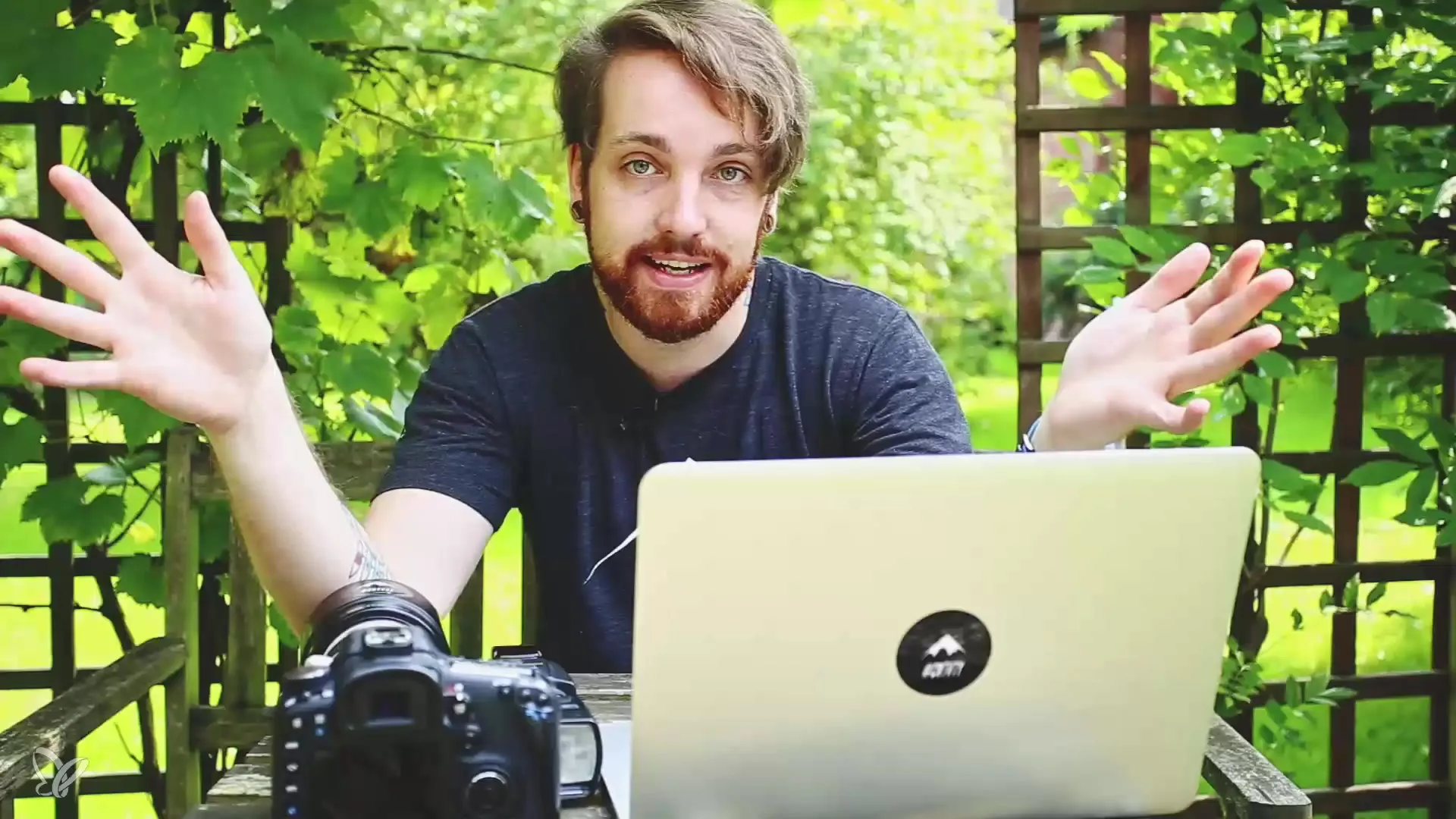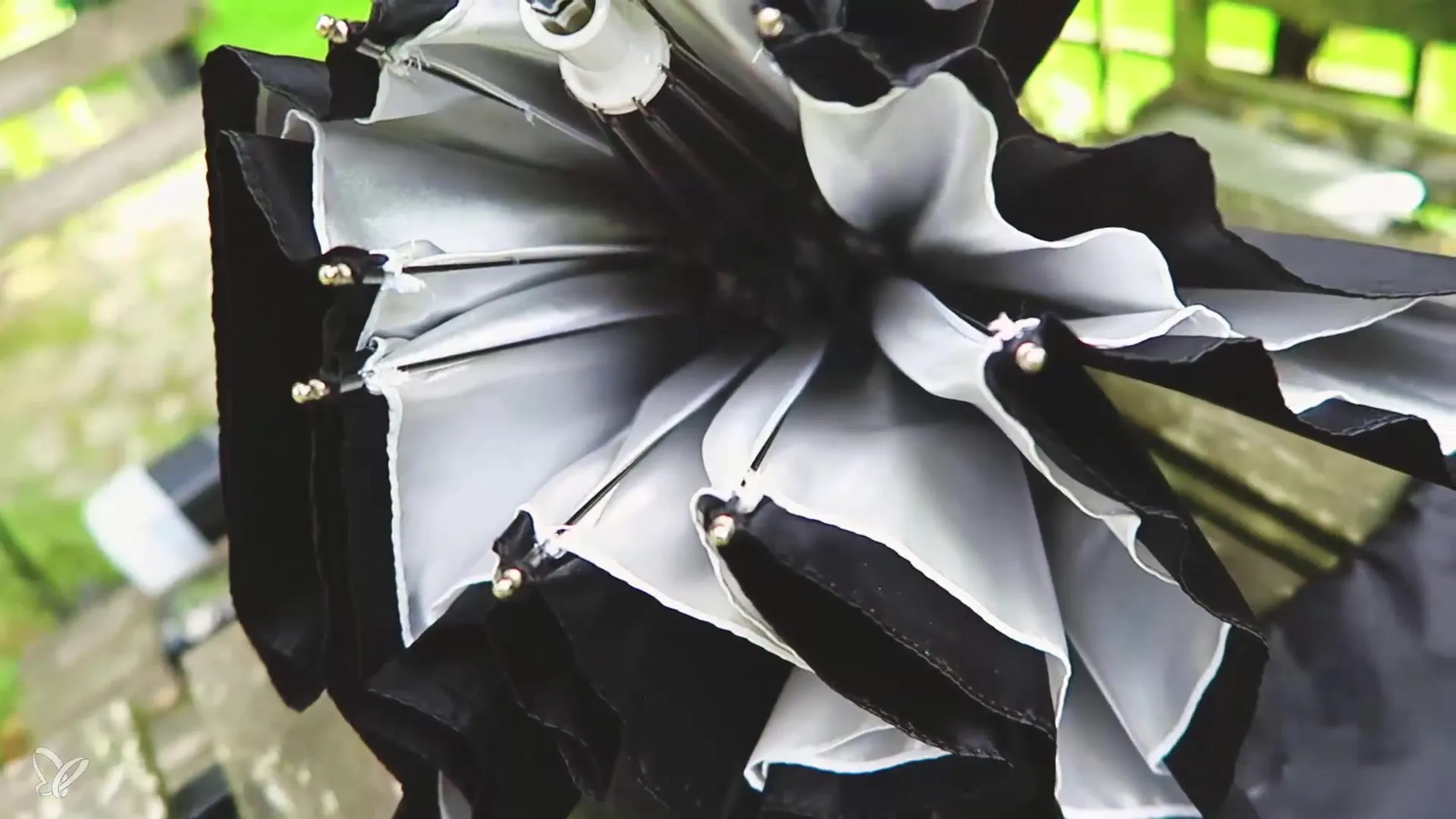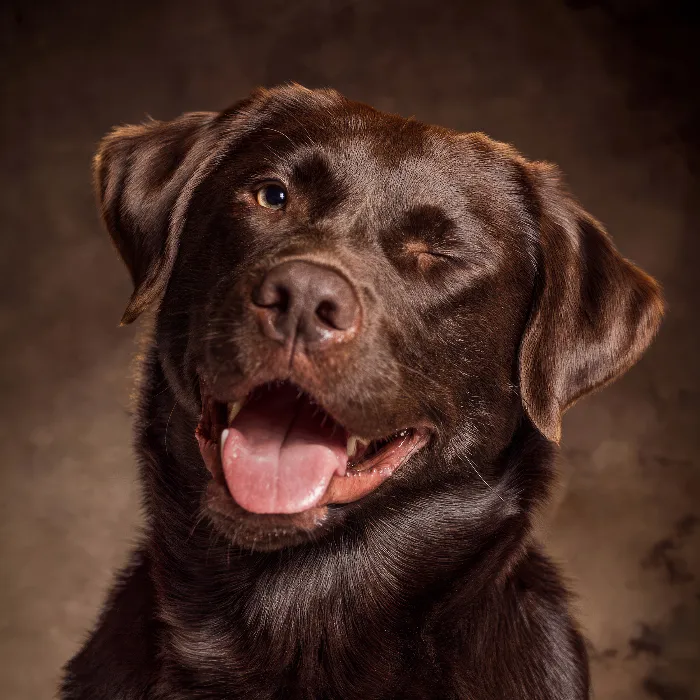Photography of dogs in a studio can be an exciting and rewarding experience. You don't need a professional studio to create impressive images. With just a few basic pieces of equipment and the right techniques, you can achieve professional results even in your apartment. In this guide, you will learn everything about the necessary equipment and the steps you should follow to capture stunning dog portraits in the studio.
Key Takeaways To create great dog portraits, you'll need a manual camera, a suitable lens, small system flashes, a stable background, some light modifiers, and the appropriate tripods.
Step-by-Step Guide
1. The Camera
The first step is to choose the right camera. You need a DSLR or mirrorless camera that has a hot shoe and manual settings. I work with a Canon 7D, but you can use any camera that meets these criteria. If you've never worked in manual mode before, don't worry. I will explain the necessary settings so that you won't have to change them after the initial setup.
2. The Lens
For pet photography, I recommend a lens with a focal length between 70 and 200 mm. This gives you the ability to photograph the dog from a comfortable distance, helping the dog to feel relaxed and secure. A slightly higher telephoto range also ensures that the background appears pleasantly blurry, which gives a professional look. This is particularly useful if you wish to change the background later in Photoshop.
3. The Flashes
To perfectly stage your dog, the use of flashes is required. You don't need to own a complex studio flash system. Small system flashes are completely sufficient and offer you the necessary flexibility. I use the Yongnuo YN5603, which has a built-in wireless trigger function that allows you to trigger the flashes wirelessly and control their settings directly from the camera.

4. The Wireless Trigger
A reliable wireless trigger is crucial for your setup. The Yongnuo YN560 TX works excellently with the YN5603 flashes. This wireless trigger allows you to adjust the flash power wirelessly and control the flashes from your camera. This will save you a lot of time and make your photo shoots more efficient.
5. The Background
For studio shots, the background is important. You can use a solid-colored wall, but a foldable background is better. I recommend a two-colored background that is both black and white. We will mainly work with the black side, which we will illuminate with a flash to create an appealing image.
6. The Flash Bracket
To mount your flash on the tripod, you will need a flash bracket. This small adapter allows you to tilt the flash and adjust the position. This way, you can perfectly align the flash to your dog, allowing the light to fall softly and pleasantly.
7. Light Stands
A light stand is essential for your setup. You can use a special light stand that reaches up to 2.10 m tall, and it is sturdy enough to avoid tipping over, even with lively dogs. These stands are relatively inexpensive and a worthwhile investment if you want to frequently photograph in a studio.
8. Light Modifiers
The last important piece of equipment is the light modifier. I prefer a reflective umbrella with a diameter of 1.10 m, which spreads the flash light over a broad area. A large light source ensures that the light falls softly on the dog and reduces shadows. This makes the portraits look more professional and appealing.

Summary – Step by Step: Dog Portraits in the Studio – The Perfect Studio Setup
Apply the steps described above to successfully create your dog portraits in the studio. With the right equipment and technique, you will be able to create impressive images of your four-legged friend. Experiment with light and backgrounds to achieve the best results.
Frequently Asked Questions
How important is the choice of lens for dog portraits?A lightweight telephoto lens is ideal for optimally presenting the dog and making the background nicely blurry.
Can I use other flashes as well?Yes, you can use any flash that has a hot shoe as long as you have a compatible wireless trigger.
How do I ensure that my dog is relaxed while photographing?Photograph from a comfortable distance to avoid disturbing the dog. Give it time to get used to the camera.
What is the advantage of a reflective umbrella compared to a softbox?A reflective umbrella is lighter, more flexible, and easier to transport, while a softbox provides a more consistent light output.
Can I also use the studio setup outdoors?Yes, the compact setup is great for shots in various locations as long as you have the right lighting.

